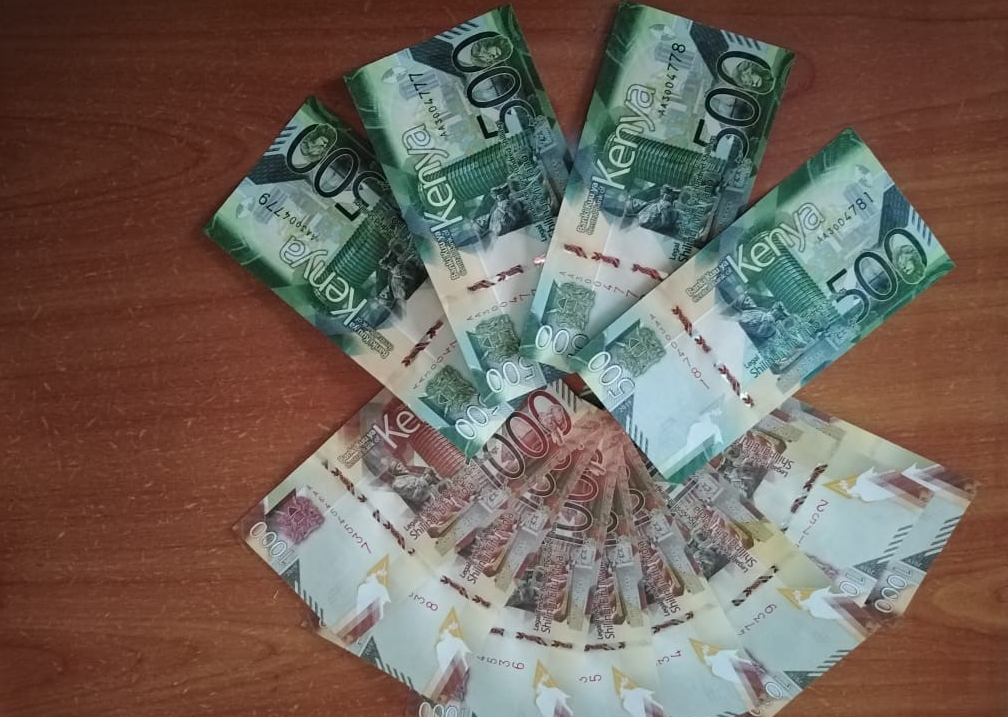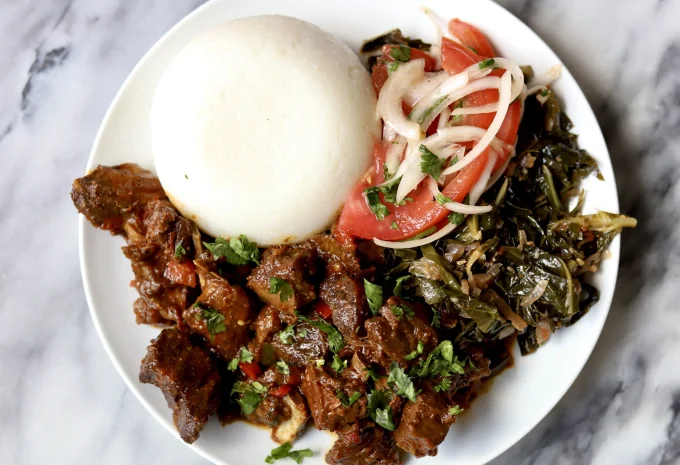Kenya’s Real GDP is projected to grow 6% in 2020 and 6.2% in 2021 bringing relief to the country’s economic challenges over the past few years.
The macroeconomic stability is expected to continue with inflation expected to remain within the target range at around 5% in 2020 and 2021.
Kenya’s fiscal deficit will also narrow in 2020 and 2021 reflecting favourable weather, continuing foreign direct investment and the benefits of the African Continental Free Trade Agreement (AfCFTA).
See: Running a Successful Chama
However, challenges to Kenya’s economic transformation remain in manufacturing, agriculture, the labour market, and macroeconomic stability.
The country’s manufacturing share in GDP has stagnated at 9% for more than a decade with value-adding in the sector accounting for only 5% of GDP.
Agriculture accounted for 52% of GDP, 56% of employment, and 65% of foreign exchange earnings in 2018.
The 2018/19 drought slowed economic growth and reduced food security. Informality and unemployment remain high.
Four in every five workers in Kenya are in the informal economy with 9.3% of people who could be in the gainful workforce remaining unemployed.
Investment has been low in sectors with greater capacity to absorb labour. Given the youth bulge, the supply of labour is large, but skills and entrepreneurial activity are limited.
Economic Growth Not Inclusive Enough
Last year, the country’s real GDP grew by an estimated 5.9% driven by household consumption and investment.
The investment was on the demand side and services on the supply side including public administration, information technology, finance and insurance, and transport and storage.
Also read: Hope for Kenya’s Small Businesses and The Role of Technology
In 2018, the GDP fell from 6.5% caused mainly by unfavourable weather and reduced government investment while inflation remained within the central bank’s 5 ± 2.5% target band.
With the country’s fiscal deficit estimated at 7.5% of GDP in 2019 which was a drop from 8.8% in 2017, public debt rose to 58% of GDP in 2019, up from 41% in 2013.
More of this debt is held externally (16% of GDP) than domestically (9% of GDP), but the domestic share is increasing.
The downside for this is that the debt creates risks for refinancing, cost escalation, and foreign exchange, according to the AfDB’s African Economic Outlook for 2020.
“Because of expected liquidity challenges, the IMF elevated Kenya’s debt stress rating from low to moderate in 2018.”
The report notes that Kenya’s economic growth has not been inclusive enough because the bottom income 1/5th receives only 4% of income.
Poverty, however, fell to 36% in 2015/16 from 46% in 2005/6. Unemployment fell marginally from 9.5% in 2014 to 9.3% in 2018.
Kenyans Cannot Eat GDP
Last year, Central Bank Governor Dr Patrick Njoroge said that despite the highly publicised delivery by the Uhuru Kenyatta government, households are not feeling the touted gross domestic product (GDP) growth.
Indicting the government’s incessant rhetoric of economic growth, Dr Njoroge said, “It’s true you have GDP numbers, but you can’t eat GDP. At the end of the day, what’s needed is specific income, plus jobs,” he said.
Kenya’s economy has been roiling in the doldrums costing Kenyans their livelihoods. Many have lost jobs and the trend seems to be continuing even into 2020. Last year, a historic number of companies closed down with few investors taking the place of the collapsed entities.
However, the AEO report shows that the country will overcome the challenges to turn the tide.













Leave a comment